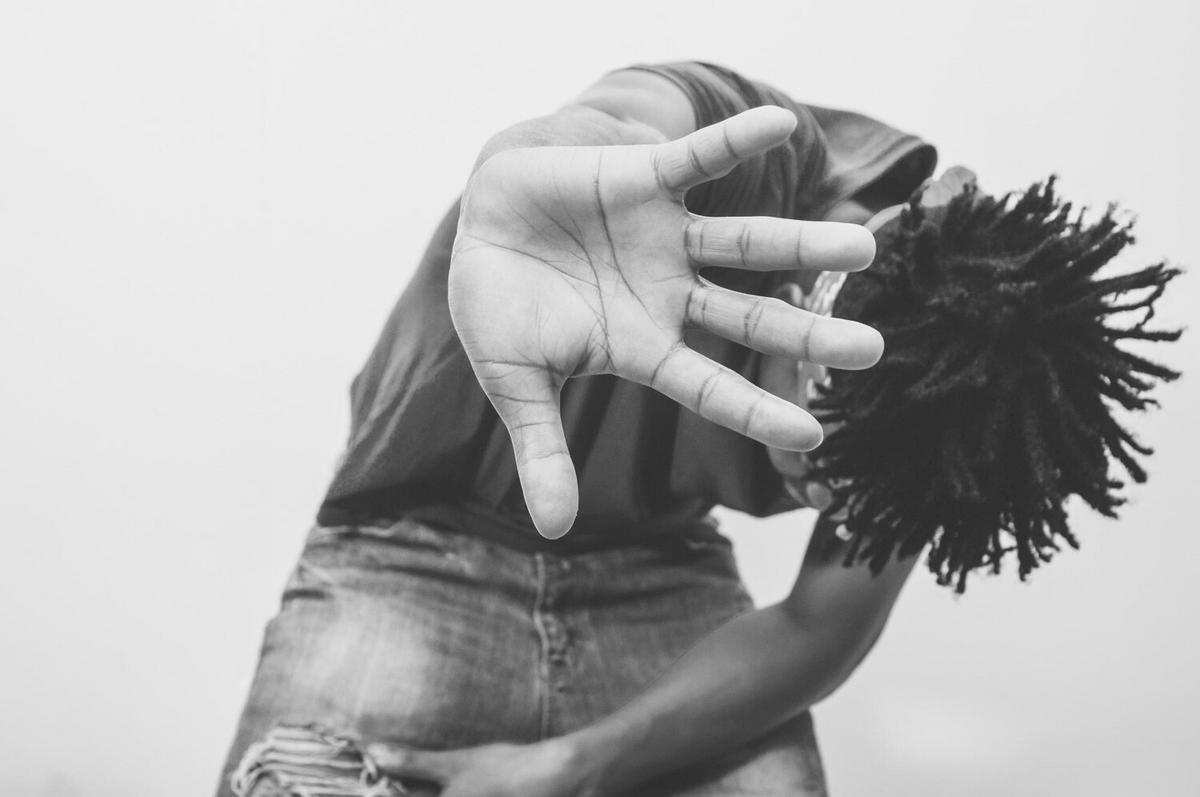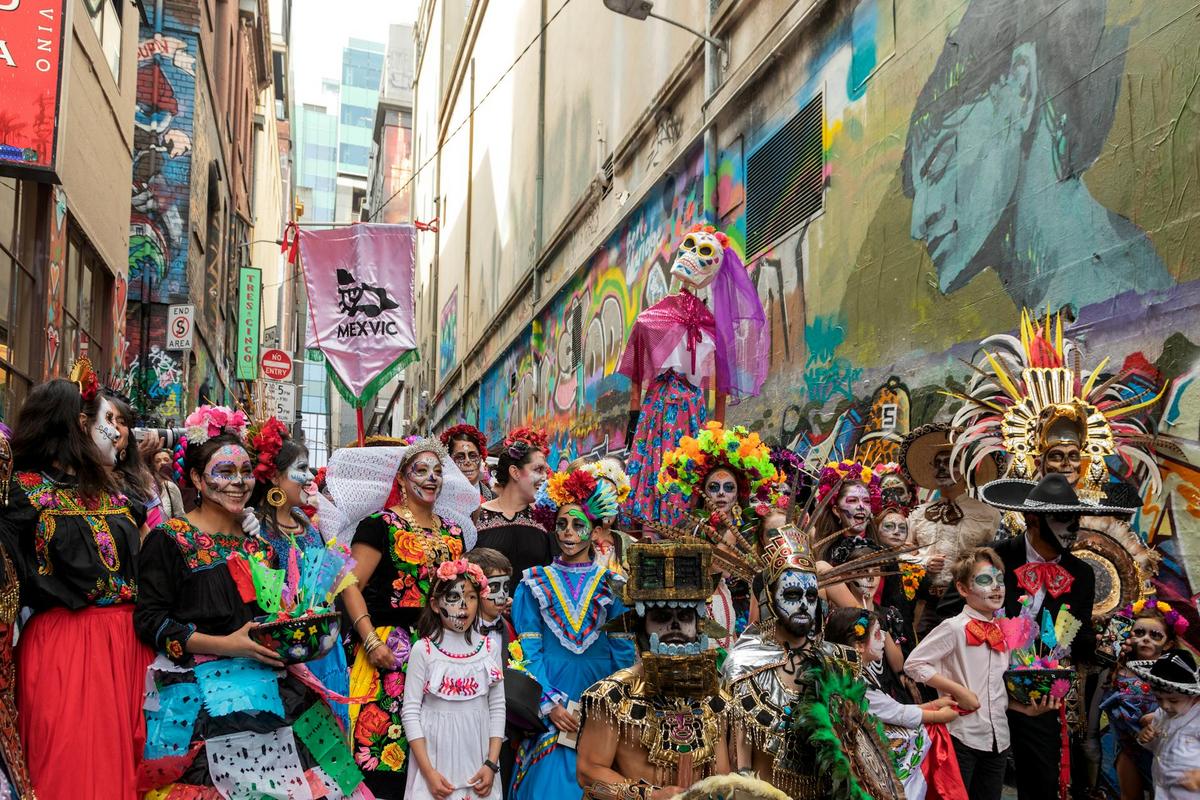
The Role of Photography in Social Justice Movements
Photography has long been a powerful tool in social justice movements, capturing moments that words often struggle to convey and bringing global attention to issues of inequality and injustice.
Photography’s impact on social justice is profound and multifaceted. From documenting pivotal moments in history to evoking empathy and action, photographs serve as a catalyst for change. Notable photojournalist Dorothea Lange once said, ‘The camera is an instrument that teaches people how to see without a camera.’ This sentiment underscores photography’s ability to shed light on societal issues.
The Power of Imagery in Social Movements
Photography can galvanize public opinion and drive movements forward by providing undeniable evidence of injustices. For instance, images from the Civil Rights Movement remain iconic, documenting the struggle and perseverance of those fighting for equal rights. According to a study by the University of Stirling, visual representations significantly influence public perception and can alter the course of social movements.
Expert Insight
Renowned photographer and activist, Gordon Parks, emphasized the importance of photography in storytelling, stating, ‘I chose my camera as a weapon against all the things I dislike about America: poverty, racism, discrimination.’
Statistics and Research
| Year | Event | Impact |
|---|---|---|
| 1955 | Rosa Parks’ Arrest | Galvanized the Montgomery Bus Boycott |
| 1963 | March on Washington | Increased Support for Civil Rights Legislation |
| 1976 | Soweto Uprising | Global Awareness of Apartheid |
| 1989 | Berlin Wall Fall | Symbolized End of the Cold War |
| 2011 | Arab Spring | Mobilization via Social Media |
| 2020 | Black Lives Matter | Global Protests and Policy Reforms |
| 2021 | Climate Strikes | Increased Climate Policy Discussions |
| 2022 | Women’s Rights Protests | Heightened Advocacy for Gender Equality |
Personal Stories and Examples
Consider the impact of the photo of a single child fleeing napalm bombings during the Vietnam War. The image transcended borders and played a critical role in shaping public opinion against the war. Similarly, contemporary movements like Black Lives Matter have leveraged photography to illustrate racial injustice and mobilize supporters worldwide.
Actionable Tips for Activists
- Utilize social media platforms to share impactful images and stories.
- Collaborate with photographers to document events and ensure diverse perspectives are represented.
- Use photography to humanize issues, making them relatable and urgent.
Conclusion
Photography continues to play a crucial role in social justice movements, acting as both a witness and a storyteller. By capturing powerful images, photographers can inspire change and drive social progress. For those involved in activism, leveraging the power of photography can amplify their message and reach a broader audience.
FAQ
How does photography influence social justice?
Photography influences social justice by providing visual evidence of injustices, evoking empathy, and mobilizing public support for change.
What are some famous examples of photography impacting social movements?
Famous examples include images from the Civil Rights Movement, Vietnam War, and more recently, the Black Lives Matter protests.
How can activists use photography effectively?
Activists can use photography effectively by collaborating with photographers, sharing images on social media, and ensuring the authenticity of their visual storytelling.


